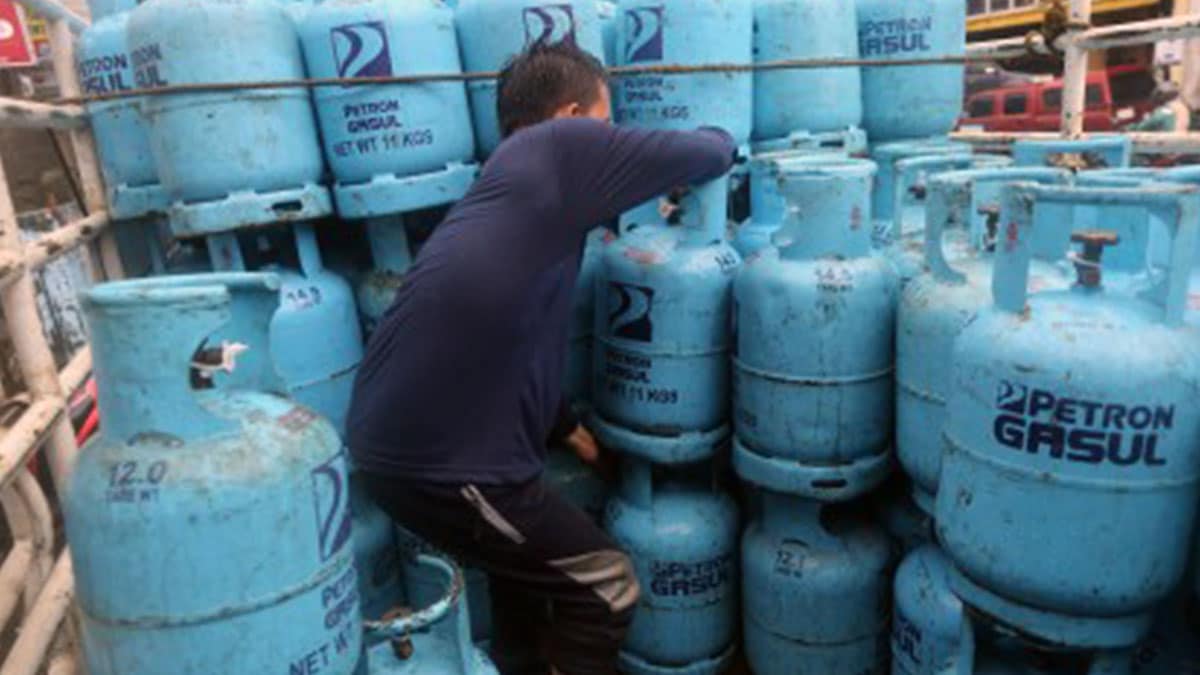At Samsara’s Go Beyond conference in London today, the connected operations vendor announced Smart Compliance a partnership with tachograph manufacturer VDO (part of AUMOVIO) that brings infringement management, driver alerts, and resolution workflows into Samsara’s platform. The announcement, whilst useful for European fleet operators, also further reveals how Samsara is using its data and context to build out a definitive system of record for physical operations. As I noted at Samsara’s Beyond conference in San Diego earlier this year, the company has been building what it describes as the “Connected Operations Platform” for organizations that depend on physical operations. The vendor has positioned itself as addressing a market largely ignored by enterprise technology providers targeting industries where pen-and-paper processes and manual workflows have persisted. Central to this strategy has been safety as the wedge into customer organizations, with the company achieving significant scale through its AI-enabled dash cam technology. What’s becoming clear and I’m pleased to see is that Samsara is thinking about its data infrastructure and how it can expand those safety deployments into adjacent operational domains. Smart Compliance is the latest example of this. The compliance burden for European fleets The compliance challenge for European fleet operators is substantial. Tachograph-related breaches account for just under half of DVSA HGV violations, with drivers facing fines of up to £300 per offence and operators risking penalties of up to £5, 000, licence revocation, or even imprisonment in serious cases. Beyond the financial risk, fleets must meet a 21-day legal rectification period to investigate infringements, creating a huge administrative burden. Until now, managers have relied on what Samsara describes as fragmented tools separate platforms for tachograph downloads (devices that measure speed, time and distance), infringement analysis, and telematics. Multi-country fleets often juggle different systems depending where they are located, adding complexity. During the press briefing following this morning’s keynote, Ryan Yu, Samsara’s Vice President of Product, explained the problem: When we talk to customers, what they’ve told us repeatedly is that the manner in which they’re managing infringements through the entire lifecycle is really fragmented and split across different systems. You have remote downloads from the vehicle, you have memory card analysis, you may have cross-referencing with telematics data. Then you have downstream coaching of drivers, and all of those happen in different places. Smart Compliance addresses this by unifying the process. Powered by VDO’s infringement rulesets, the system provides infringement analysis across 17 countries initially (expanding to 21 by 2026), a Compliance Inbox for managers to review and resolve cases, and Driver Debrief functionality for drivers to acknowledge and annotate issues in the Samsara Driver App. The VDO partnership and the context advantage The choice to partner with VDO rather than build compliance capabilities entirely in-house is also interesting. It suggests that Samsara has an awareness of where to pick its buyer battles, understanding that other companies may have the expertise and penetration already. When I asked Yu during the briefing to explain the decision to partner versus build in this case, he said: I think it’s really important for us to leverage the expertise that VDO has developed. That expertise is unprecedented and deeply respected by the market. What we want to do as Samsara is give customers the trust that we are leaning on that expertise, and then doing our best by pulling in all the other elements of our overall fleet management solution into one place to actually centralize that and give customers that cohesive experience. But Samsara’s broader data strategy is also interesting here. The real innovation in Smart Compliance isn’t just the consolidation of compliance workflows it’s the contextual awareness that Samsara can provide because of all the other data flowing through its platform. As Johan Land, SVP of Product and Engineering, Safety & AI, at Samsara explained: By pulling all this information into one platform, we give fleet managers more context on what happened, which is definitely a step above what current solutions offer historically. Think about where a driver gets an indication of an infringement on March 6th at a specific time, with a full map view and full context on exactly what they were doing before, during, and after the infringement occurred where they were driving, general context. This contextual layer combining compliance data with telematics, video footage, route information, and driver behavior is what differentiates Samsara’s approach from traditional compliance tools. It’s also what makes the vendor’s system of record ambitions credible. As I noted in my coverage of Samsara CTO John Bicket’s comments in San Diego, the company is “methodically building toward its vision of becoming the ERP platform for the physical world” by starting with safety and expanding into adjacent areas that leverage the same infrastructure and data. The privacy and adoption challenge However, the path to wider adoption isn’t without obstacles. When asked about privacy and union opposition to cameras something that is more common in Europe Land acknowledged the initial resistance but emphasized the importance of demonstrating value: You’re right that in some cases, initially there’s resistance to this experience. The way to overcome that is to show the value. Once you’ve shown the value to the drivers and the unions, in one case I’ve seen, they come along and actually start appreciating and advocating for this technology. Land said that Samsara provides controls to help with this transition the ability to turn off cameras, turn off recording, leave data in the cab, or disable features in certain circumstances or areas. But he returned to the core value proposition: Remember, this whole technology is there to help the drivers and improve safety. It’s a sad problem that crashes are increasing, which is affecting drivers terribly. This tension between data collection for operational improvement and worker privacy concerns is likely to persist as Samsara expands beyond safety into other domains. The company’s approach providing granular controls while emphasizing tangible benefits appears sound, but it requires constant attention to trust-building with the workforce. My take Today’s announcements reinforce the strategic direction I identified in my coverage of Samsara’s San Diego event earlier this year. The company is expanding from its safety stronghold into adjacent operational domains, using the data infrastructure and customer trust built through dash cam deployments as the foundation for a broader platform. By partnering with VDO to bring established compliance expertise into its platform, Samsara gains credibility in a regulated domain, while providing the contextual awareness that comes from its comprehensive data collection. The ability to give fleet managers a complete picture not just that an infringement occurred, but the full operational context around it is the kind of The next test will be whether Samsara can maintain this momentum as it expands beyond fleet-centric use cases into the broader operational domains it has ambitions for. For now, the company appears to be executing well on a clear strategy using safety as the wedge, data scale as the differentiator, and customer value as the guide for where to expand next. How and where it expands next year will certainly be interesting to observe.
https://diginomica.com/samsaras-smart-compliance-play-shows-how-context-and-data-scale-are-driving-its-system-record
Samsara’s Smart Compliance play shows how context and data scale are driving its system of record ambitions



